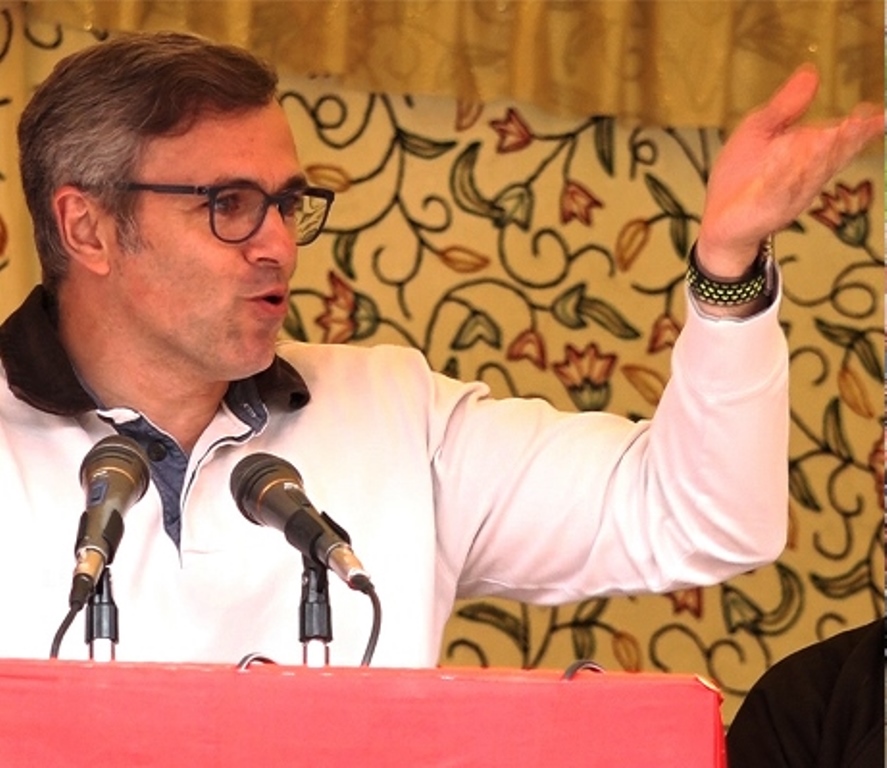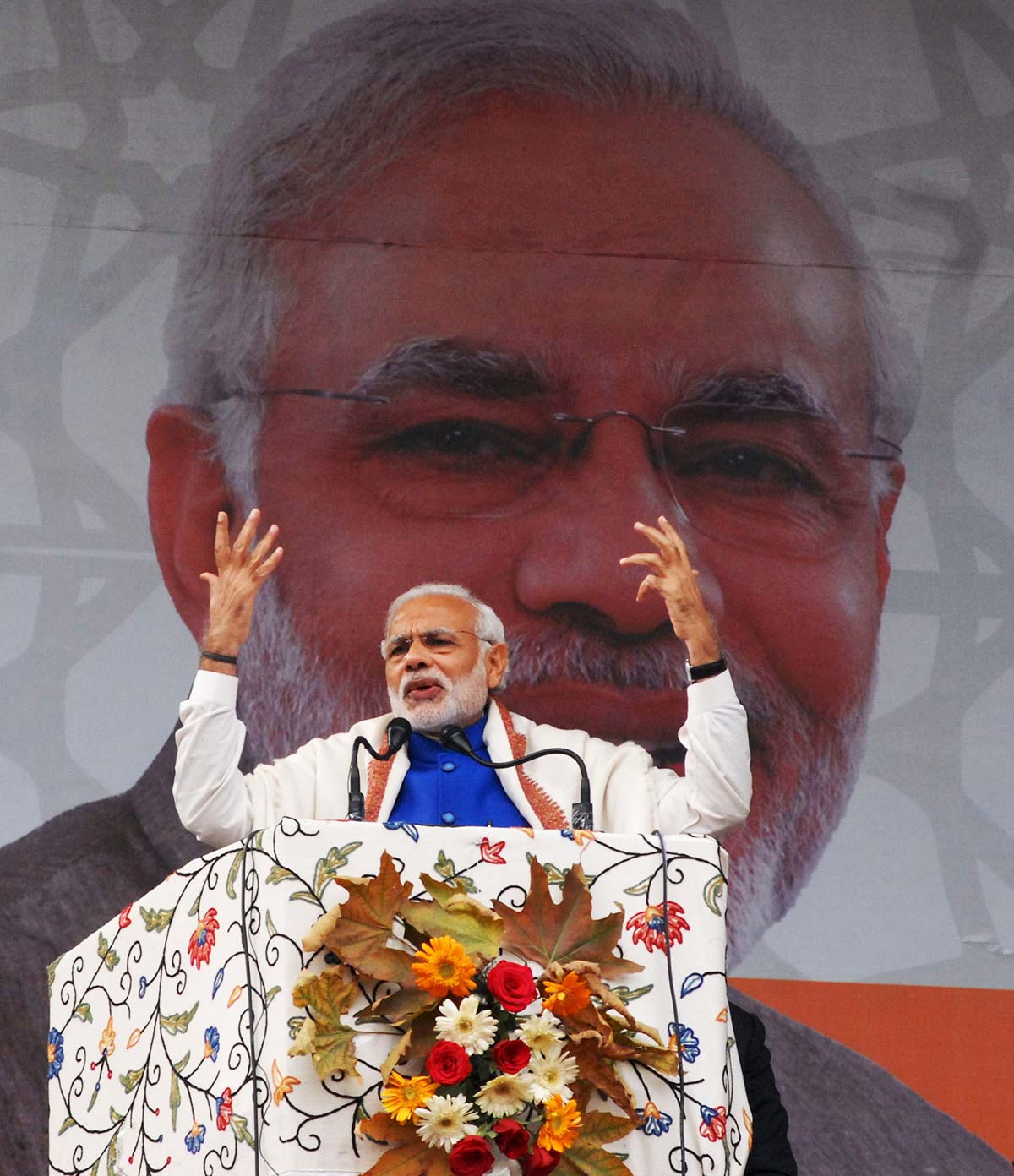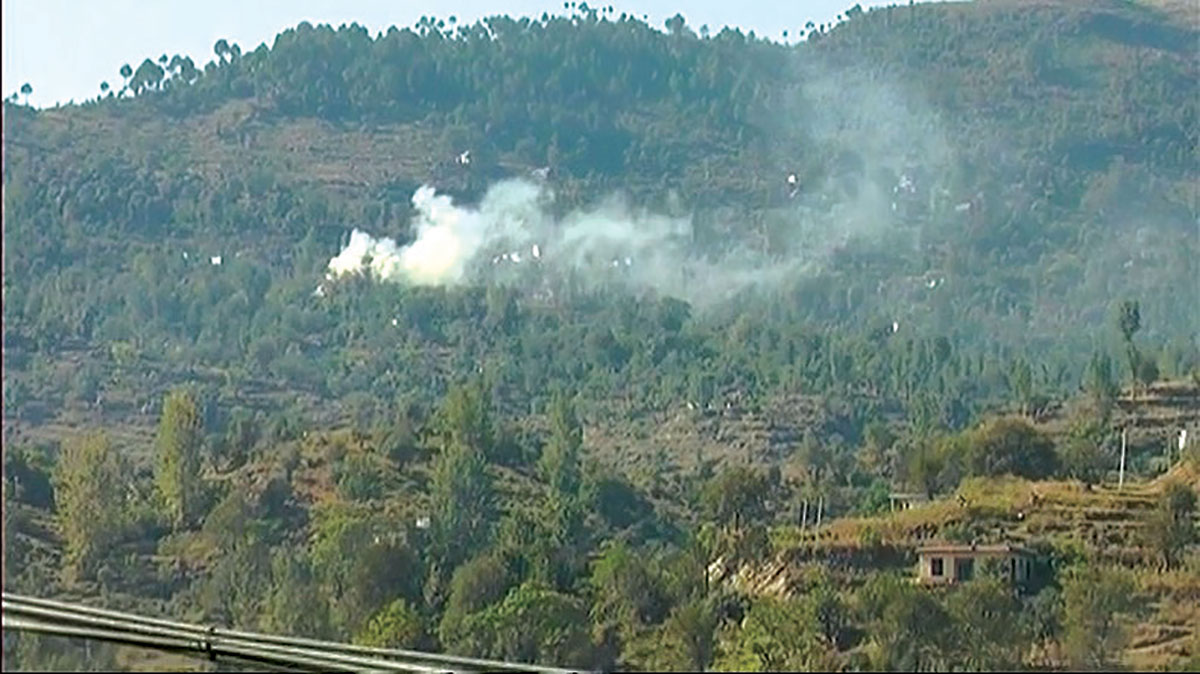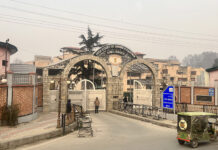SRINAGAR: As the fiscal year 2023 concludes, authorities in Jammu and Kashmir have inked multiple Power Purchase Agreements (PPAs) totalling 3250 Megawatts. However, despite this significant development, the Power Development Department (PDD) clings to its obsolete 40-year-old infrastructure.
Principal Secretary, PDD, H Rajesh Prasad said, “In 2023, we finalised Power Purchase Agreements (PPAs) for 3250 Megawatts under NHPC, NTPC, and Solar Electric Power Corporation, including 1600 MW of solar energy, surpassing the cumulative achievements of the past 70 years.”
This agreement is in addition to the existing power availability that Jammu & Kashmir currently has, he said, adding that this PPA is a supplement for the Union Territory because of the usual power shortage, especially during winter.
“2023 marks a historic period for power availability and procurement. This year, we have also outlined power demand and procurement strategies – of short-term, medium-term, and long-term – for the next 15 years,” Prasad said.
However, despite these advancements, the PDD continued to grapple with its outdated infrastructure, a major impediment to ensuring uninterrupted power supply.
An official document revealed, “The replacement of existing old and outdated elements of the distribution network has not been adequately addressed, with many components continuing for over 40 years after repeated repairs.”
It reveals that the electricity demand in J&K is primarily met through hydel power, which, however, varies with seasons, thereby causing a power deficit mainly during winter when power demand surges high.
The document further mentions that the replacement of existing old and outdated elements of the distribution network has never been given due consideration, many of which therefore continue in the system for more than 40 years after repeated repairs.
Jammu & Kashmir harnesses only 3504.90 MW of power, significantly below its potential of 20,000 Megawatts in hydel power generation, leaving as much as 16500 MW of the identified potential yet to be tapped, as outlined in the ‘JK Vision Document 2047’.
Prasad assured, “In 2023, we implemented significant measures for a complete turnaround in the power sector, focusing on making it robust, reliable, and affordable. We acknowledge power curtailment issues, reliability concerns, and substantial losses in the sector, prompting us to upgrade the infrastructure.”
The issue of metering also surfaced, with more than half of electricity consumers in the Kashmir valley lacking meters in 2023, which contributes to high Aggregate Technical and Commercial (AT&C) losses.
The Principal Secretary PDD informed, “This year, we successfully installed four lakh smart consumer meters, a substantial leap from the previous year’s one lakh. Our goal is to install over 22 lakh smart meters by 2024-25 for accurate billing based on consumption.”
Highlighting ongoing efforts, he said, “To replace old distribution transformers, under the Centrally-sponsored scheme RDSS, projects worth Rs 5650 crore have been awarded, with most nearing completion within two years.”
Despite these strides, the AT&C losses in Jammu & Kashmir remain a concern, which stands at 50 per cent above the national average of 19.73 per cent. This is one of the highest in India, causing a gap between power purchase costs.
As per the official document, the AT&C losses of the J&K Power Development Department are one of the highest in the country. (KNO)















